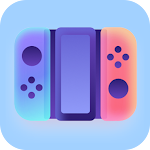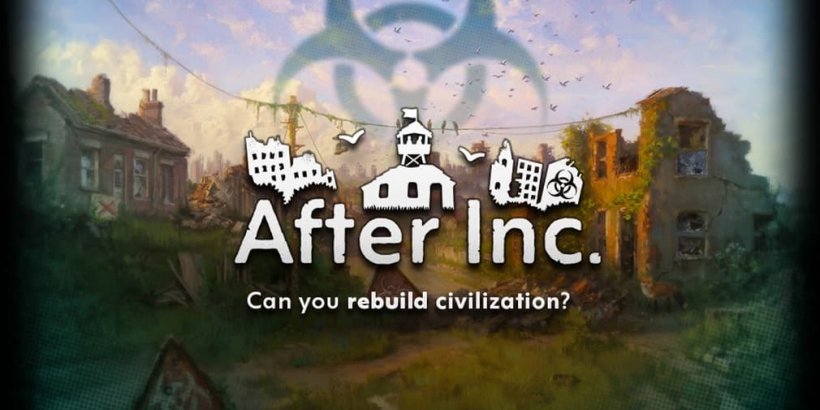Monster Hunter Wilds Interview: Meet Nu Udra, Apex of the Oilwell Basin – IGN First
From the dry deserts to bustling forests, blazing volcanoes, and even the frozen tundra, the Monster Hunter series showcases a wide array of environments, each hosting its unique ecosystem shaped by a diverse array of monsters. The thrill of exploring unknown territories and traversing their landscapes while on the hunt is a core element that makes playing Monster Hunter so engaging.
This sense of adventure continues in the latest installment, Monster Hunter Wilds. Following the Windward Plains and Scarlet Forest, hunters now venture into the harsh terrain of the Oilwell Basin, a region engulfed in flames and covered with oilsilt. Here, the path is obstructed by viscous oil and flowing magma, creating an environment that might seem barren at first glance. Yet, amidst the mire, one can observe small creatures slowly navigating their way, and scattered across the area are remnants of what appears to be an ancient civilization.
Yuya Tokuda, director of both Monster Hunter: World and Monster Hunter Wilds, sheds light on the Oilwell Basin.
"During the Fallow, the Oilwell Basin is dominated by mud and oil. When the Inclemency known as the Firespring arrives, it burns away the oilsilt. During the Plenty, the burned oil and soot dissipate, revealing minerals, microorganisms, and the true colors of the manmade artifacts hidden beneath," he explains.
Down in the Muck
What was the guiding concept behind the Oilwell Basin's design? We posed this question to Kaname Fujioka, the director of the original Monster Hunter and executive and art director for Wilds.
"We wanted to contrast the horizontally expansive Windward Plains and Scarlet Forest by making the Oilwell Basin vertically layered," he says. "The environment shifts as you move through the top, middle, and bottom strata. The top layer is where sunlight penetrates and oil accumulates like mud. Descend further, and the temperature rises, with lava and other substances becoming prevalent."
Tokuda elaborates on the lower strata: "From the middle to the bottom, you'll encounter creatures reminiscent of deep-sea life or those found near underwater volcanoes. In Monster Hunter: World, we envisioned the Coral Highlands as a place where aquatic creatures could exist on land, and we've applied similar principles to craft the ecosystem and creatures of the Oilwell Basin.
It's a stark, fiery wasteland that bursts into life during the Plenty. Fujioka emphasizes the importance of this contrast, saying, "During the Fallow and Inclemency, smoke billows from the Oilwell Basin, resembling a volcano or hot spring. But in the Plenty, it transforms into a clear, marine-like environment. Observing the environmental biology closely, you'll find creatures typical of the ocean floor."
The Oilwell Basin's unique ecosystem distinguishes it from other locales. Despite its seemingly lifeless appearance when covered in oilsilt, it supports a variety of life forms, from shrimp and crabs to small monsters that provide raw meat. Larger monsters prey on these smaller ones, which in turn feed on microorganisms that thrive on geothermal energy. If the Windward Plains and Scarlet Forest rely on sunlight and vegetation, the Oilwell Basin is driven by the heat of the earth.
The large monsters inhabiting the Oilwell Basin are also unique. Take Rompopolo, for example, a globular creature with a needle-like mouth that emits toxic gas. Fujioka explains its design: "We conceived Rompopolo as a cunning swamp-dweller that disrupts players with its stored toxic gas. The idea of a mad scientist inspired its tricky nature, leading to its chemical purple hue and glowing red eyes. Despite its menacing appearance, the equipment crafted from it has a surprisingly cute aesthetic, as does its Palico gear."
Tokuda finds the Rompopolo Palico gear amusing, and I can attest to its charm after trying it out myself. I encourage you to craft and experience it as well.
Flames of Ajarakan
Another new inhabitant of the Oilwell Basin is Ajarakan, a fiery gorilla-like monster with a leaner silhouette than the Scarlet Forest's Congalala. In a video showcasing turf wars between Rompopolo and Ajarakan, we see Ajarakan employing martial arts-inspired moves, including a powerful bear hug. Its fists are central to its combat style, adding a unique charm to its attacks.
Tokuda discusses the design philosophy behind fanged beasts: "Typically, these monsters have low hips, positioning their heads at the hunter's eye level, which can diminish the perceived threat. With Ajarakan, we aimed for a more imposing, top-heavy silhouette. We integrated flame elements and wrestler-like grabbing attacks to showcase its physical prowess, creating a monster that combines strength, physical attacks, and fire, such as melting objects and hurling them at the player."
Fujioka adds, "With the series introducing unique monsters one after another, we thought it was time to introduce a monster whose strengths are straightforward. Ajarakan's attacks are simple yet powerful; it punches or slams its fists to create bursts of flame."
Ajarakan holds a high position in the Oilwell Basin's ecosystem. Unlike the cunning Rompopolo, which uses poison gas and oilsilt, Ajarakan stands out with its flashy appearance and fiery attacks, clearly defining its place in the area's hierarchy.
"At first, Ajarakan was just a physically strong monster," Fujioka admits. "We wanted to give it more personality, fitting for its fiery environment. Rather than just breathing fire, we designed it as if it were wearing flames like the Buddhist deity Acala. The concept of Ajarakan's rising internal temperature enabling it to melt anything in its path added a lot of personality. We wanted players to dread being hugged by such a hot creature. By making it so hot that it melts everything around it, we aimed to instill fear."
While Rompopolo is tricky, Ajarakan's design emphasizes straightforward power. Fujioka mentions that to avoid the risk of its simple strength concept leading to monotonous movements, the team kept enhancing its moves throughout development.
"We kept adding more dynamic techniques, like it jumping and rolling into a ball before crashing down," he says.
A Monster Generations in the Making
Dominating the Oilwell Basin's ecosystem as its apex predator is Nu Udra, the "Black Flame," an octopus-like creature covered in flammable oil that it secretes. Just as Rey Dau controls lightning in the Windward Plains and Uth Duna envelops itself in water in the Scarlet Forest, Nu Udra cloaks itself in flames. The developers emphasize that apex predators in Wilds are designed with their regional elements in mind. The choice of an octopus for a hot environment might seem odd, but Fujioka confirms, "Yes, octopuses were our inspiration. We wanted its silhouette to be striking when it rises, giving it demonic horns while obscuring its face."
Tokuda notes that even the music during battles with Nu Udra reflects its demonic theme: "We included musical phrases and instruments reminiscent of black magic, resulting in a unique and fitting piece of music."
Nu Udra's tentacle movements echo those of previous monsters like Lagiacrus from Monster Hunter Tri. Both Tokuda and Fujioka have long desired to create a tentacled monster.
"In Tri, we explored underwater combat, and I proposed an octopus-shaped monster emphasizing its unique underwater movements," Tokuda recalls. "I had fun brainstorming, like, 'It has many legs, meaning many parts to sever!' Technical challenges prevented its realization at the time, but I've held onto that proposal."
Fujioka reflects on past tentacled monsters like Yama Tsukami and Nakarkos: "We're interested in using monsters with unique movements to create memorable moments. Including too many can tire players, but introducing one at the right time leaves a strong impression. That's why Yama Tsukami's appearance in Monster Hunter 2 (Dos) was so impactful."
Tokuda nostalgically adds, "I'm the one who placed Yama Tsukami there." While they couldn't replicate Yama Tsukami's actions with the technology available at the time, they aimed to leave an impression.
The development team's dedication to creating monsters is evident throughout the process, with countless ideas waiting to be realized. The realization of Nu Udra, a monster fully utilizing its tentacles, marks a significant achievement for both Tokuda and Fujioka.
"While Yama Tsukami and Nakarkos were stationary tentacled monsters, Nu Udra uses its cephalopod traits to move freely around the area, offering new gameplay experiences," Fujioka says.
The technical challenges of controlling a tentacled monster on varied terrain were overcome in the development of Wilds, as Fujioka explains: "When we started on Wilds, the technical tests went exceptionally well, giving us confidence that we could bring Nu Udra to life."
Tokuda adds, "The impact of this monster led us to make it the apex predator of the Oilwell Basin. It feels like I'm finally tackling one of the many proposals that were previously rejected due to technical limitations."
Even outside of combat, Nu Udra's animations were meticulously crafted. After taking significant damage, it wraps around ancient pipes to maneuver through the area, entering small holes seamlessly. Fujioka highlights the challenge of depicting such flexible bodies: "We pushed the boundaries with Nu Udra's flexible animations. At the start, we brainstorm new ideas, even if they seem unachievable. It's a challenge for our artists, but the final result is worth it."
The team's use of new technology allows them to realize long-held ideas. Tokuda shares a memorable moment: "When we first implemented the movement of it entering a hole, an animator excitedly asked me to wait and see it. I was amazed, and the animator looked so satisfied."
Fujioka proudly adds, "The way it squirms around pipes is beautifully crafted. It's a real-time depiction, not a pre-made scene, and it's a testament to our team's hard work."
Facing Nu Udra in combat proves challenging due to its flexible and ever-changing body. Its severed tentacles continue to thrash on the ground, adding complexity to the fight. Tokuda explains, "You can sever many tentacles, but they rot over time. Carving rotten parts yields inferior materials. Nu Udra's attacks have a unique tempo, combining focused and area-of-effect strikes using its head and flames. Its sensory organs at the tentacle tips emit light to signal attacks, but it doesn't rely on vision, making Flash Bombs ineffective."
To defeat Nu Udra, Tokuda advises, "Its body is soft with many breakable parts. Hunters should strategize their attacks. Severing tentacles reduces its area-of-effect attacks, making movement easier. It's a monster well-suited for multiplayer, as its targets can be split up. Using SOS flares and Support Hunters can enhance the experience."
Fujioka adds, "Like Gravios, where breaking its armor reveals a way to defeat it, Nu Udra encourages action-game-like tactics. Observing its movements and making strategic decisions aligns perfectly with Monster Hunter's core gameplay."
A Welcome Reunion
Fujioka mentions Gravios, a monster returning to the series since Monster Hunter Generations Ultimate, fitting perfectly into the Oilwell Basin's environment with its rocky carapace and hot gas emissions.
Tokuda discusses the decision to bring back Gravios: "We chose monsters that fit the Oilwell Basin and the game's progression without overlapping with other monsters. Gravios felt like a fresh challenge, so we decided to include it."
The returning Gravios is even harder than before, its massive presence dominating the Oilwell Basin. By targeting its rocky carapace, I manage to inflict red wounds and execute a Focus Strike.
Tokuda elaborates on Gravios' design: "We wanted to preserve its signature hardness while making it a monster that appears after players have experienced much of the game's mechanics. It's challenging at first, but hunters can discover more ways to defeat it using the wound system and part breaking."
All Monsters in Monster Hunter Wilds
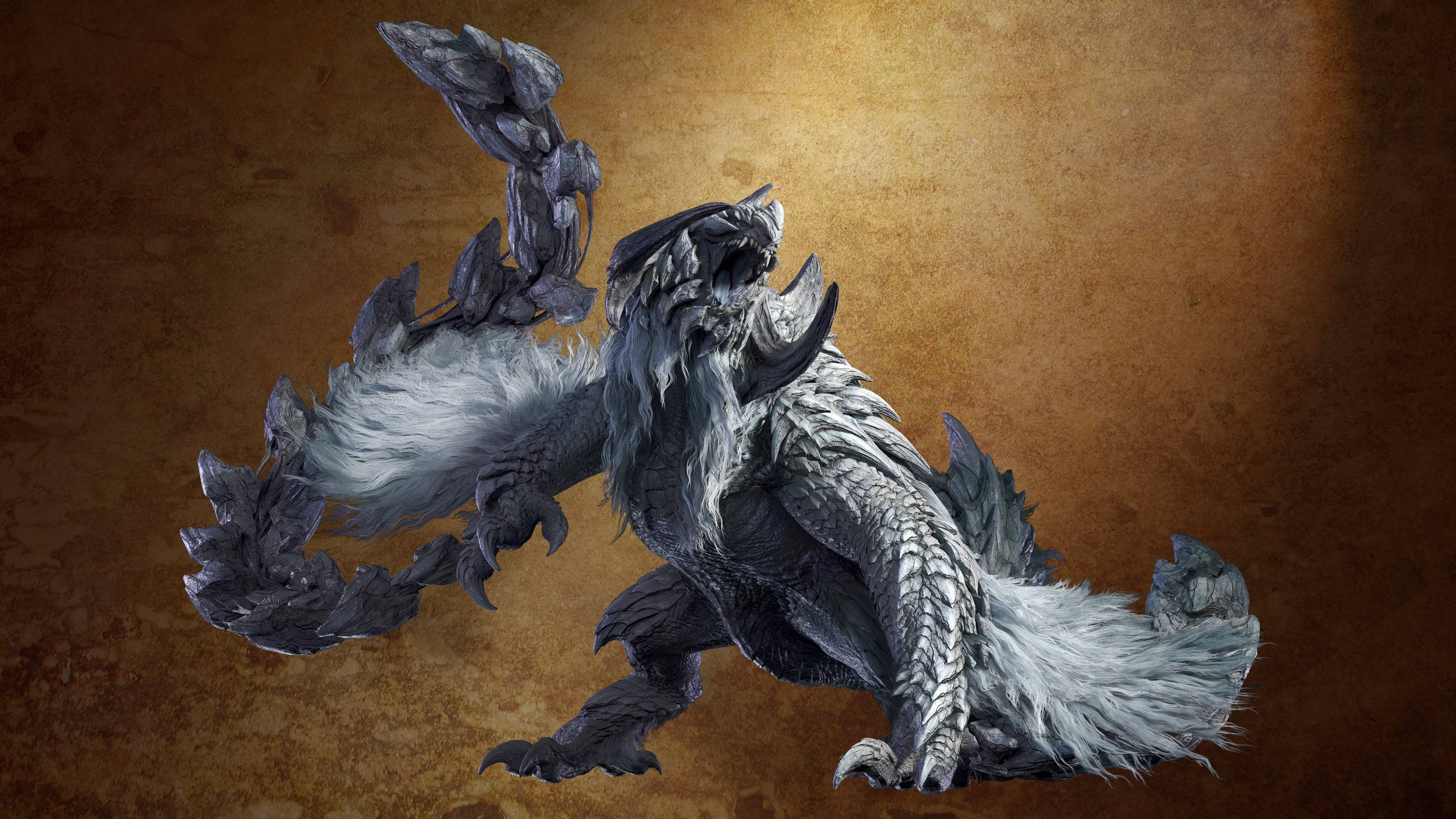
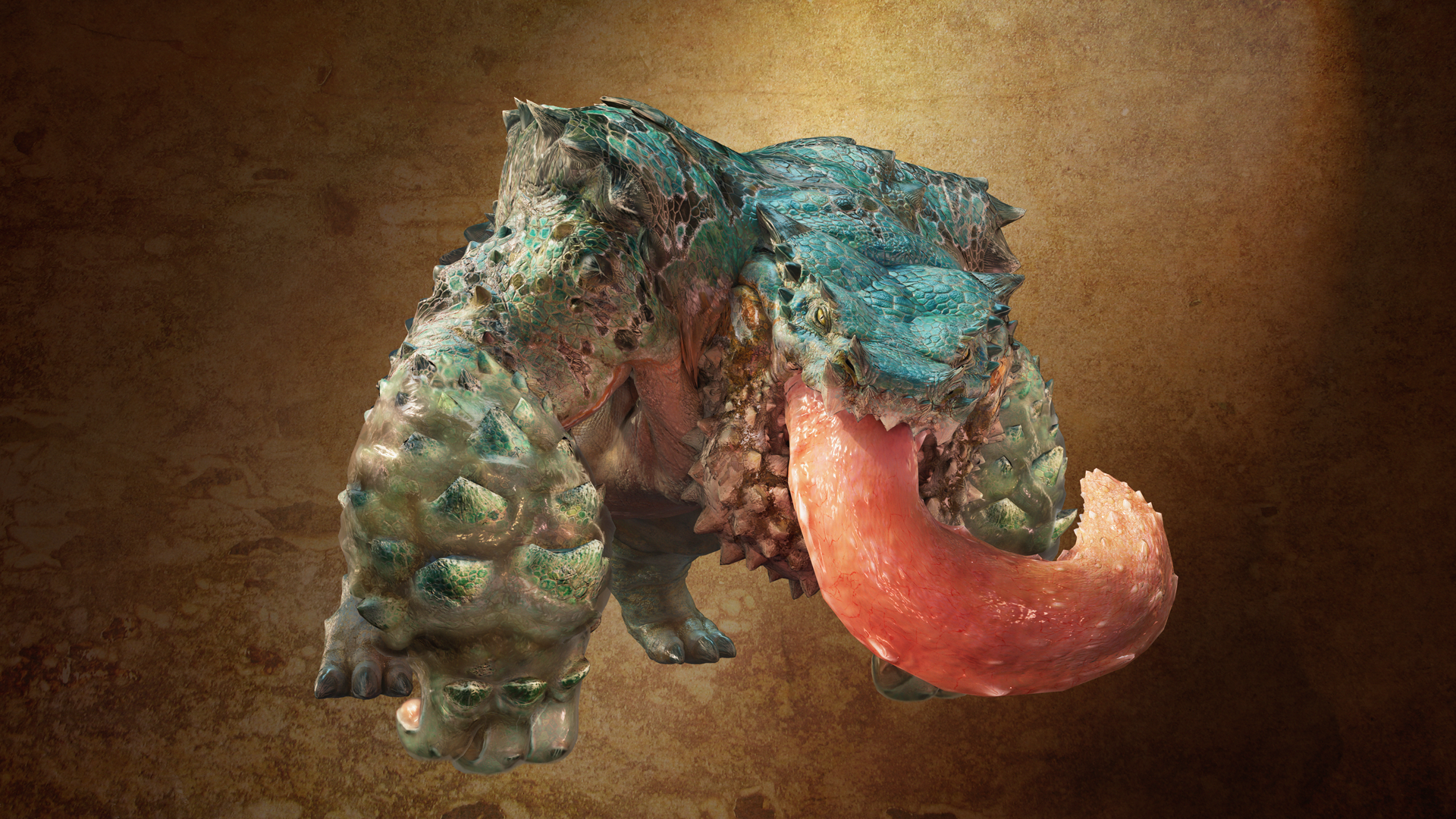 17 Images
17 Images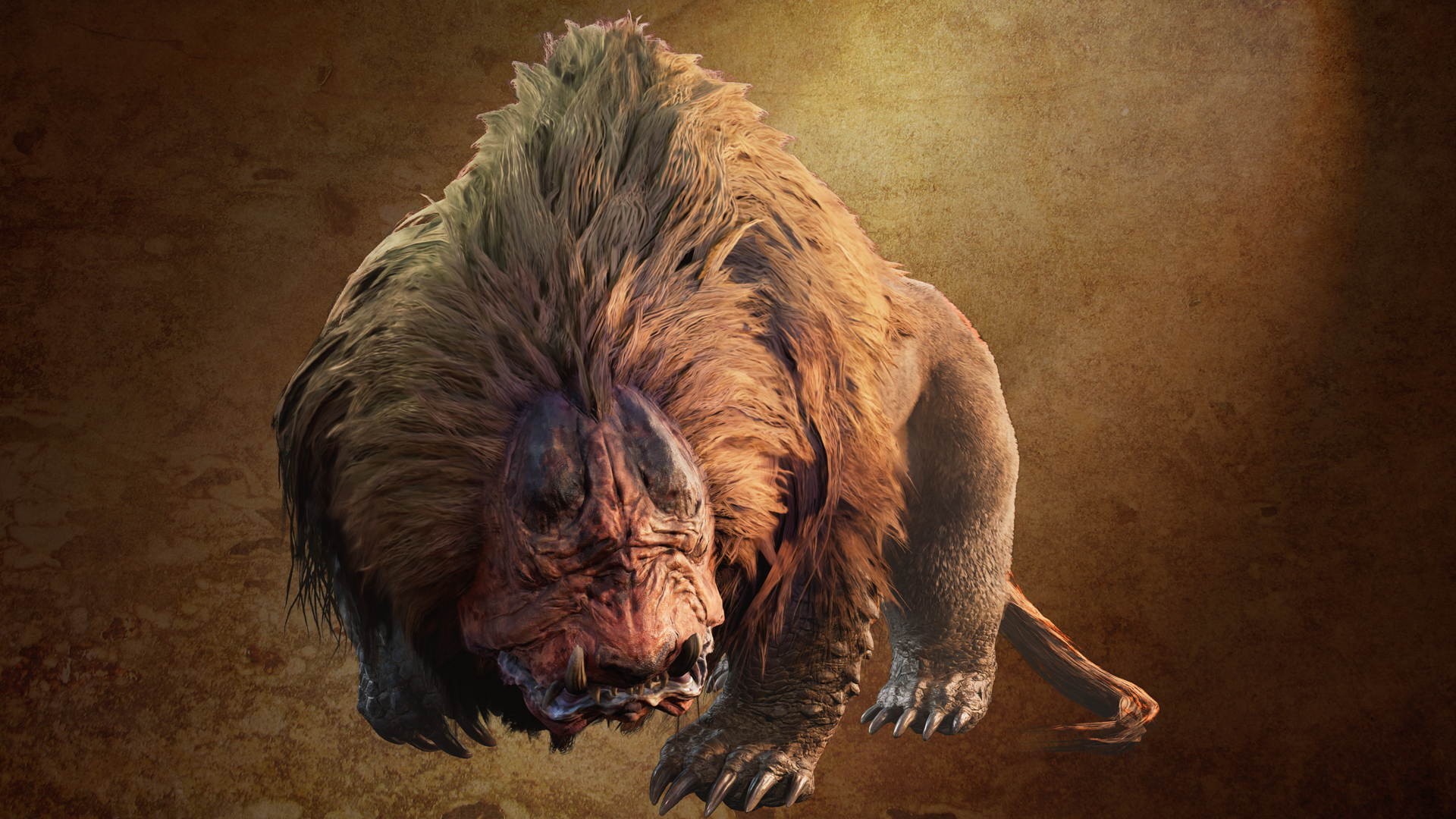
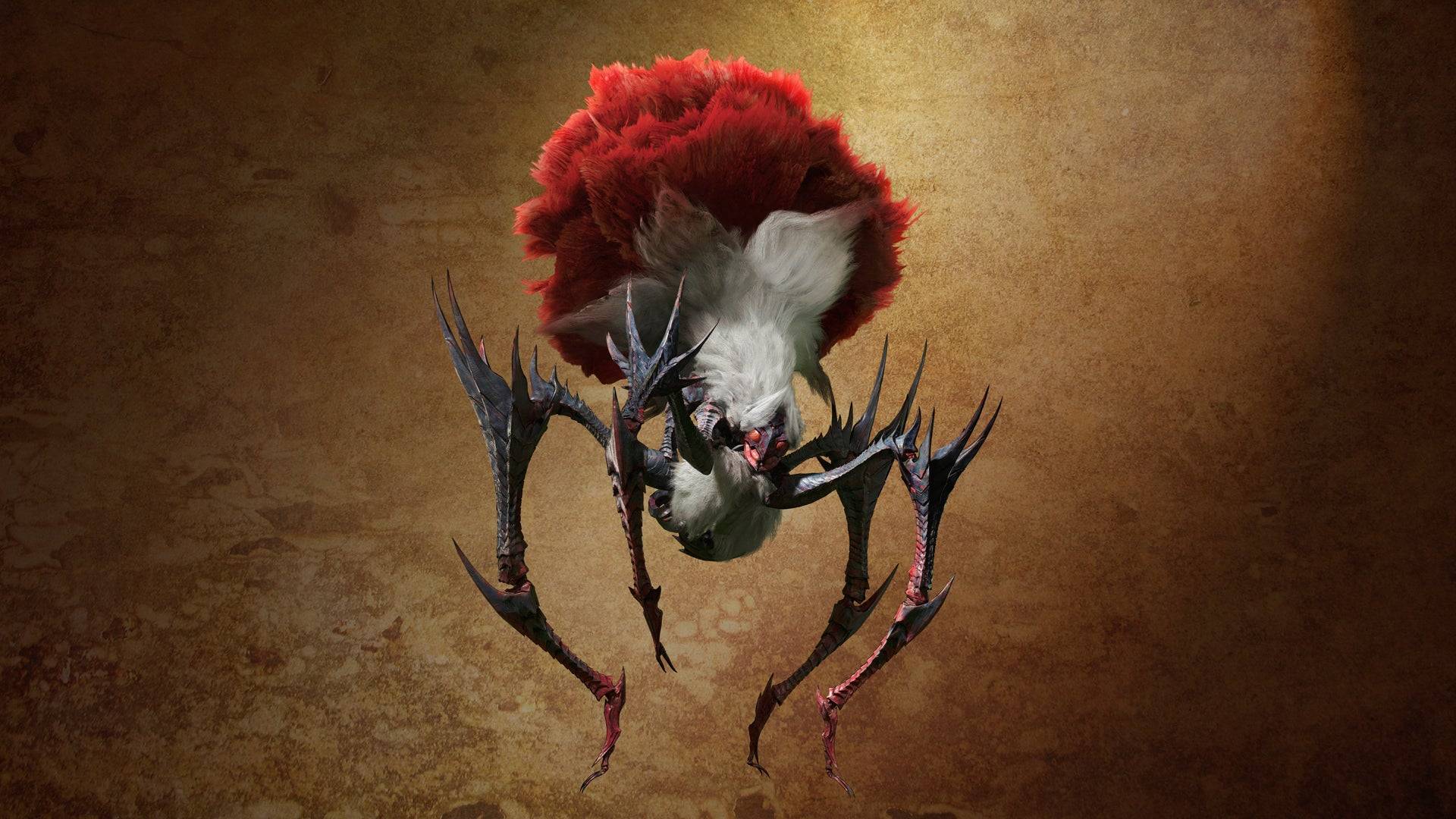
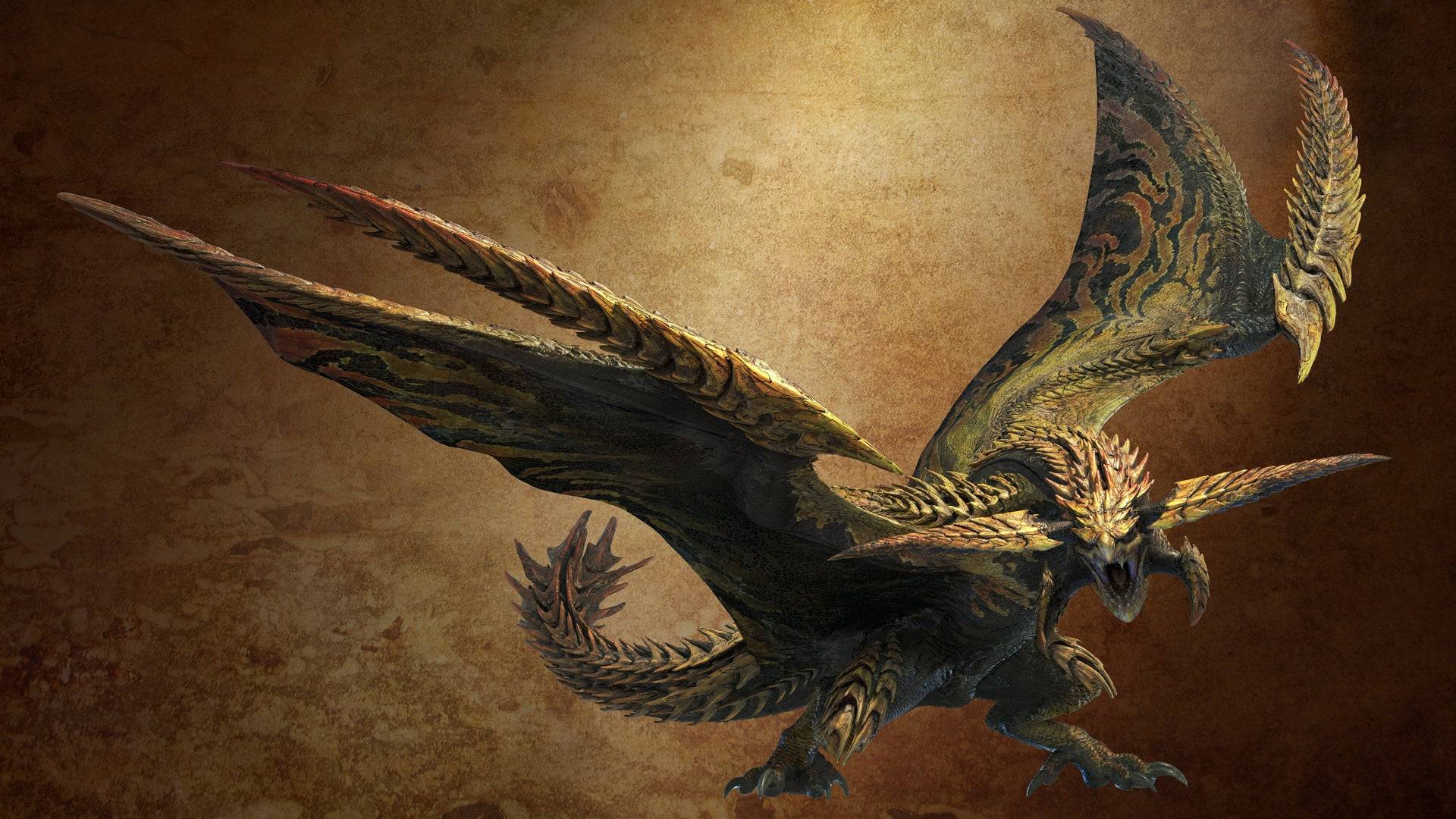
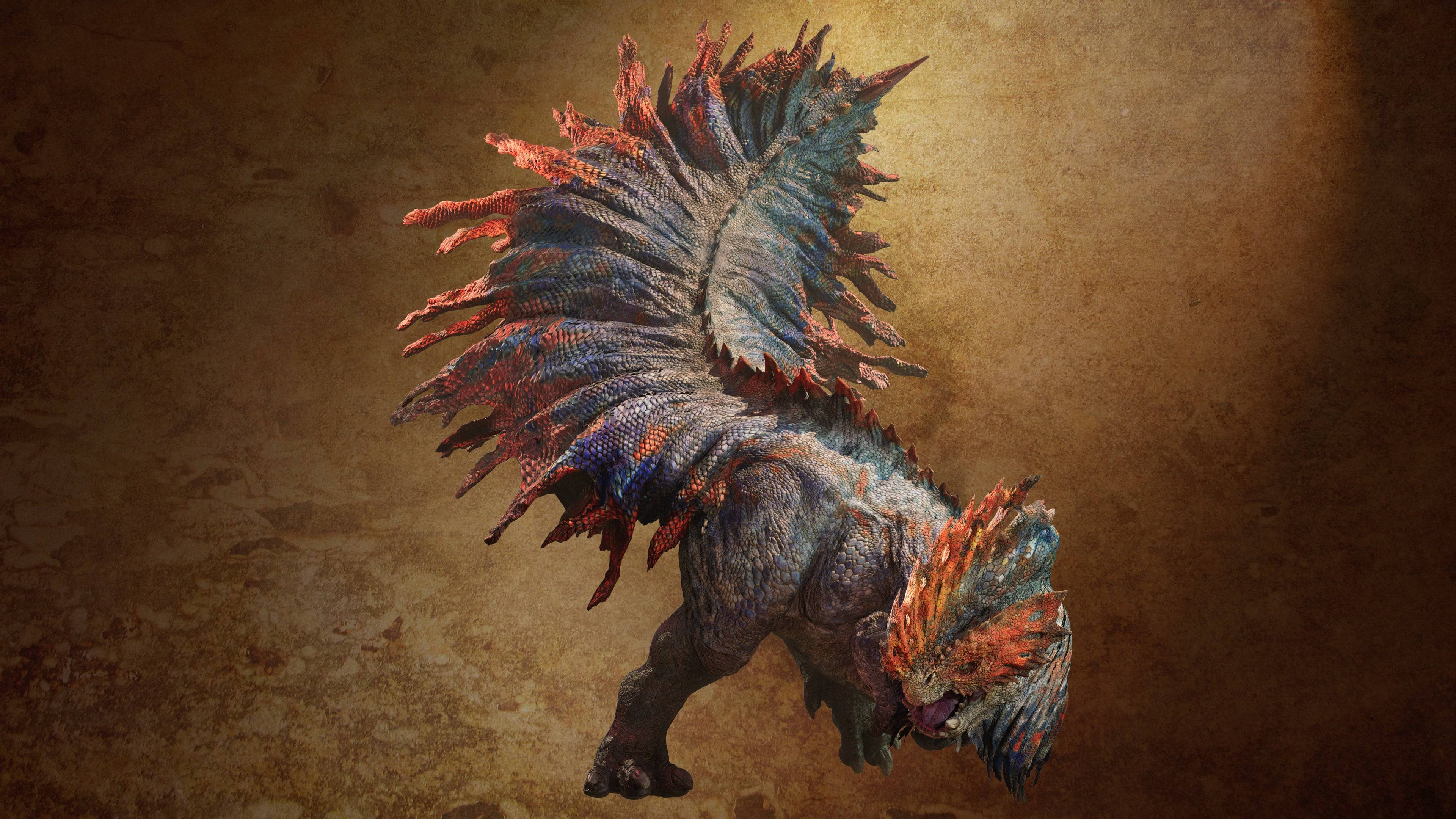 While Gravios returns, its juvenile form, Basarios, will not appear in this game. Fujioka explains, "Basarios will sit this one out. The timing isn't right, but we'll see it again in the future."
While Gravios returns, its juvenile form, Basarios, will not appear in this game. Fujioka explains, "Basarios will sit this one out. The timing isn't right, but we'll see it again in the future."
As the developers discussed in an interview about monster selection, decisions to reintroduce monsters are made carefully to ensure they enhance the game. Though Basarios won't appear, many other monsters will inhabit the Oilwell Basin, and I eagerly anticipate exploring this region with a Cool Drink in hand.









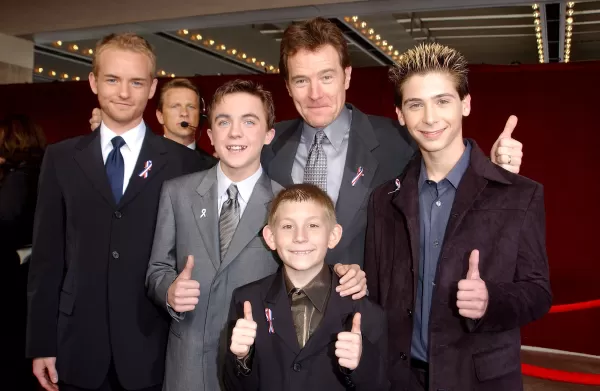
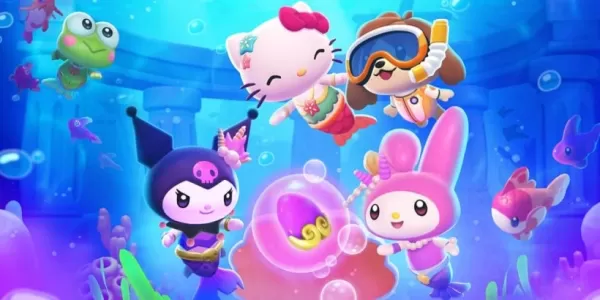
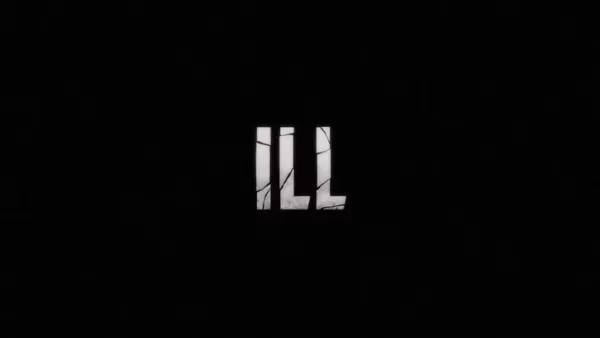



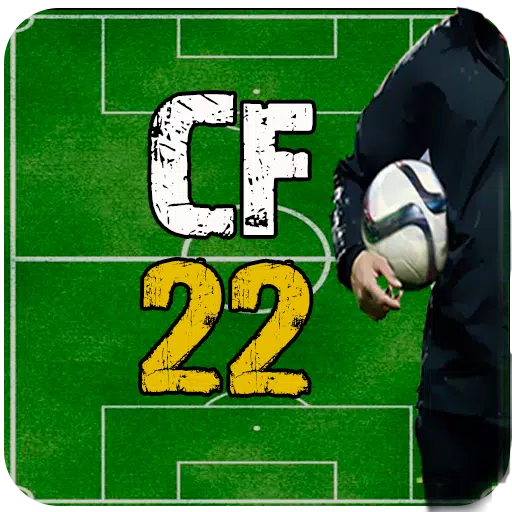


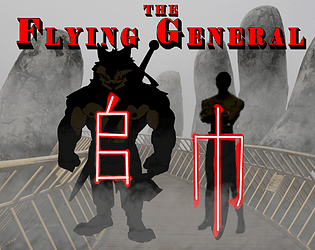

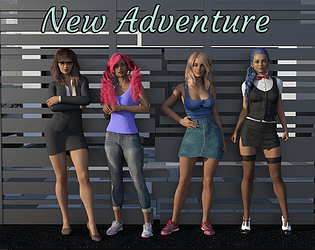

![FurrHouse [Ch. 3]](https://images.dshu.net/uploads/30/1719555089667e54115d59f.jpg)
